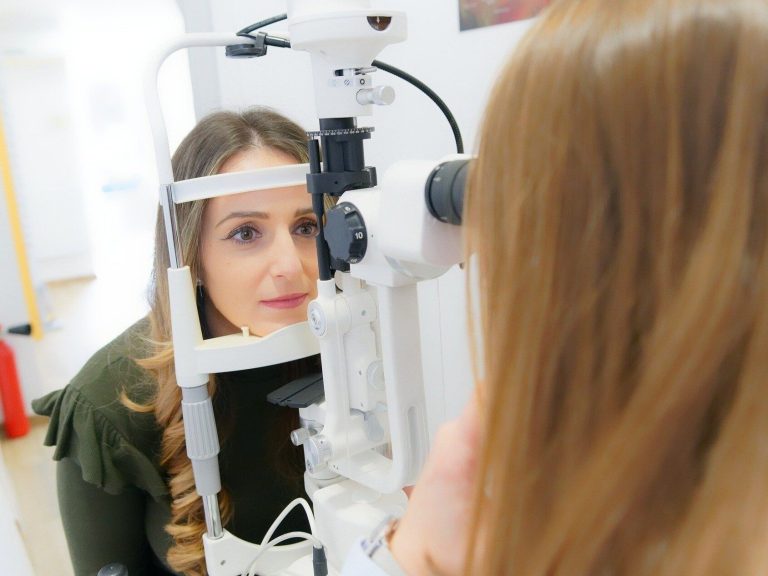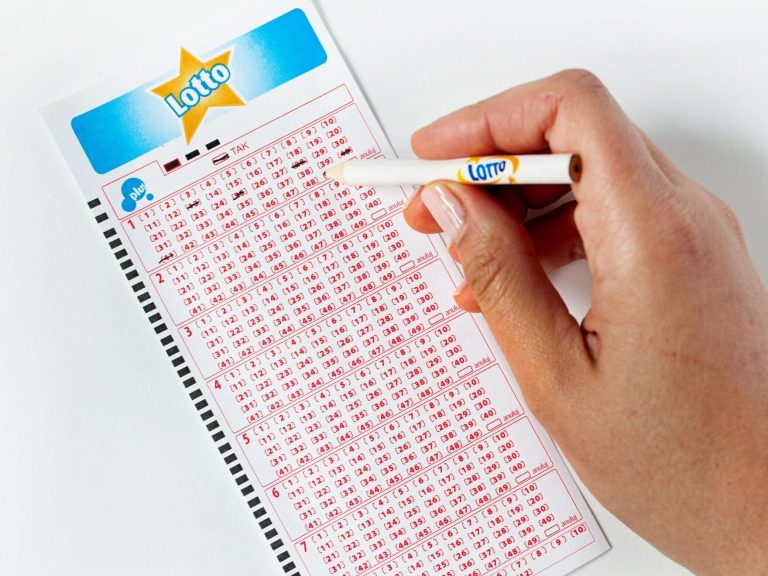DLBCL lymphoma. Prof. Gil: Previously used CAR-T therapy may give better results

– This is an extraordinary therapy, it engages your own immune system to fight cancer cells. In the case of patients with aggressive DLBCL lymphoma, it is worth using it in the second line of treatment in high-risk patients – says Prof. Lidia Gil, head of the Department of Hematology and Bone Marrow Transplantation of the Medical University of Poznań.
Katarzyna Pinkosz, Wprost: Diffuse large B-cell lymphoma (DLBCL) is the most common lymphoma in adults. We have about 1.5 thousand new cases every year. It is an aggressive, rapidly progressing disease. We have effective treatment in the first lines, but in some patients the disease returns. What change has the possibility of using CAR-T therapy brought?
Prof. Lidia Gil: This is a very modern treatment, it has only been available in the world for a few years (reimbursable from 2022). This is an absolutely extraordinary therapy that mimics natural anti-cancer immune mechanisms.
This treatment is very expensive, but on the other hand extremely effective.
Today, it is reimbursed in Poland for patients with DLBCL who have failed two or more lines of treatment. This therapy in these patients can lead to the cure of approximately 50% of patients. We know that in some cases it is truly a cure, in others the disease may require further treatment, but it still improves the patients’ chances.
We would very much like – and this is also our expectation as a community of hematologists and doctors dealing with CAR-T therapy – to move this treatment to the so-called second line.
Then we could treat high-risk patients, i.e. those who do not respond to first-line treatment or whose disease relapses very quickly. It is already used in most European countries and the United States, it gives very good results, it seems better than those used in later lines of treatment.
We are prepared to administer this therapy in Poland, we have 11 centers accredited for CAR-T therapy, including two pediatric centers. In the remaining nine, where such treatment is carried out in adults, this therapy has been carried out for at least a dozen or so months, and most of them for 2 years; we are all experienced, as evidenced by, among others, the fact that there are very few complications associated with the treatment.
Is it not worth waiting until the third line to start CAR-T therapy? Will it give better results if used earlier?
We know from experience that the sooner such therapy is administered, the better, so the decision to start the CAR-T procedure should be made within a short period of time. This is a treatment in which we collect lymphocytes from the patient and send them to a specialist laboratory that modifies the lymphocytes. It takes about three weeks. It is a biologically living drug, individually selected; you could say this is a dream in medicine. Producing such a drug takes time and some logistics.
However, it is amazing that in the case of the third line, 50 percent. patients can be cured. Is this unheard of in many other therapies?
Yes, 50% of patients respond to treatment. Those patients who achieve remission for 2 years are now considered cured of lymphoma, which is a success.
Our center managed to cure many patients, we remember each of them.
Is it worth it if CAR-T therapy could be used from the second line in the group of patients with poor prognosis who do not respond to first-line treatment or have rapid disease recurrence?
In most European countries and the USA, CAR-T therapy is already used at this stage: treatment results are much better than if we used such treatment in the third line. It appears that shifting this therapy to the second line will improve treatment outcomes for patients with refractory/relapsed lymphomas. I think that this will reduce the number of patients who are now classified as third-line patients.





